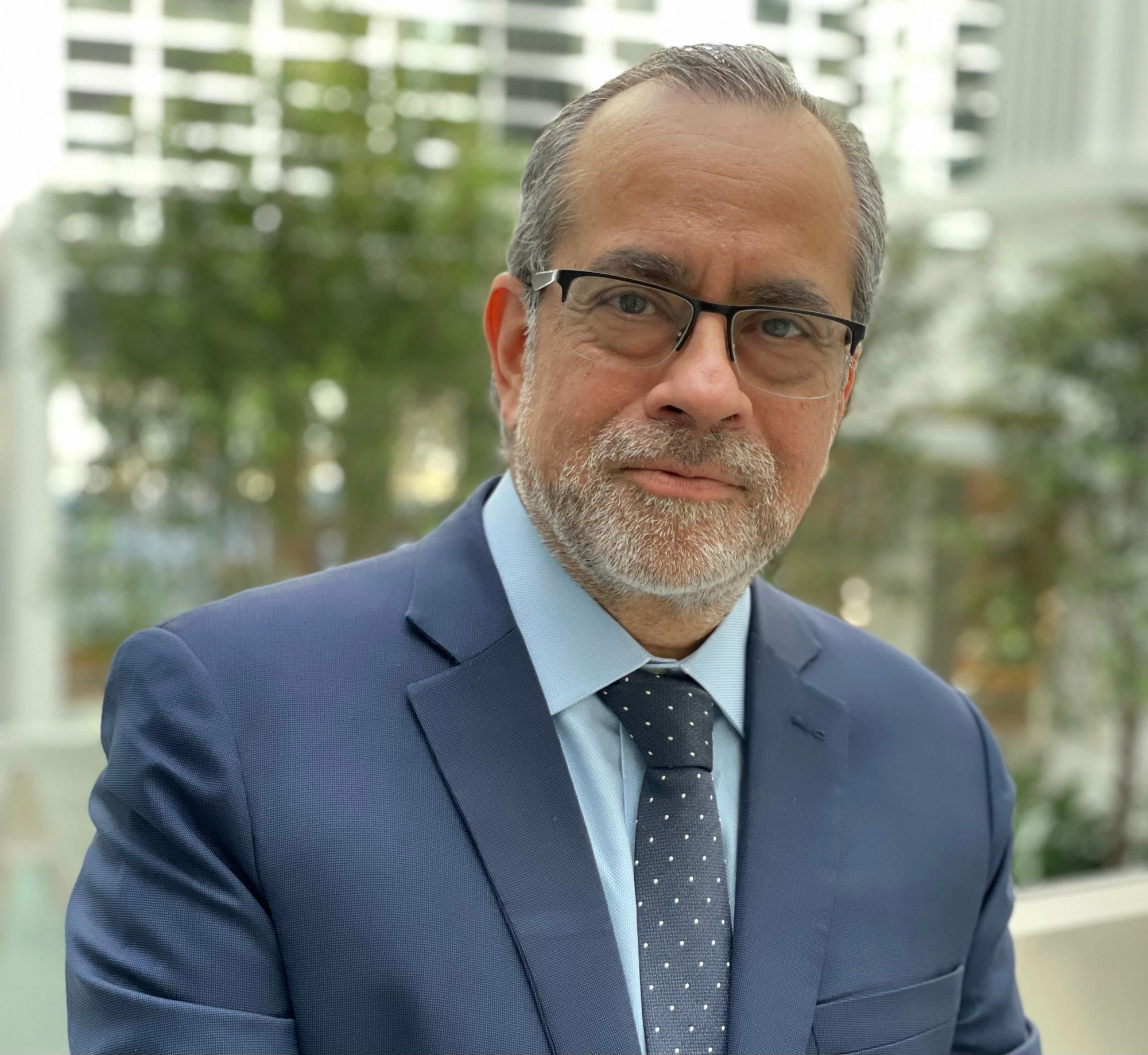Can’t we just grow out of our poverty problems? Truth be told, a large part of the reduction in poverty observed in the last decade is attributed to growth. And the correlation between growth and income growth of poor is very high: According to a recent paper by David Dollar and co-authors, incomes of the poor increase on average at a similar rate as incomes of the whole population. For many years the mantra has been that economies should grow, and with that poverty will fall. Look at China, fast growth and voila – dramatic and sustained poverty reduction. Look at Chile – many years of sustained growth have led to an extreme poverty rate in the single digits.
Growth is correlated with poverty reduction. But the correlation is far from perfect. Growth does not always favor the poor. Prosperity is not always shared, or shared to an extent that is fair to poor people. The World Bank Group’s new goal of “promoting shared prosperity” has the objective of raising the profile of this issue even more in the development debate. If we conduct a poll on what the phrase “shared prosperity” means, chances are that many would respond “growth and equity,” or something of that sort. One way to give shape to that idea is by adopting a principle that thinkers like Rawls and Gandhi have put forward long ago: to focus on the welfare of the least well off as the real measure of societal progress. Consistent with this principle, the goal of “promoting shared prosperity” uses as an indicator the growth in income per capita of the bottom 40% of the population in every developing country – a simple metric that signals the need for a growing economy, along with a fundamental concern for equity. A growing pie that has to be fairly distributed.
Shared prosperity requires prosperity – it is almost impossible for incomes of the poor to increase without the overall economy growing. But the converse is not true; one can have growth with little or no income growth among the less well off. Perhaps the best-documented case of economic growth not being shared is that of the United States. In the last decade (2003-2012), household incomes of the population as a whole were basically flat while incomes of the bottom 40% fell by roughly 7%, in a period when the economy (GDP) grew by more than 20%.
What has happened in developing countries in shared prosperity? In a paper with Ambar Narayan and Sailesh Tiwari, we report early results using a database of 79 developing countries that have at least two household surveys, reasonably comparable, roughly five years apart during the period circa 2005-2010. Overall, the less well off in developing countries have performed well in the second half of the last decade despite the 2008 crisis. The median growth of per capita incomes in the bottom 40% in the sample is 4.2%, which is quite high in absolute terms. This is consistent with the widely reported reduction in poverty in the last decade, and higher than per capita income growth of the overall population (3.1%). In fact, in almost two-thirds of the countries, incomes of the less well off increased faster than those of the overall population. And one is likely to observe faster income growth of the bottom 40% in countries where inequality has been falling, at least during this period.
But that is where the good news ends. Among developing countries, income growth of the bottom 40% is growing more slowly, on the average, in poorer countries. In fact, the median growth rate of incomes of the bottom 40% in low-income and lower-middle-income countries is 3.1%, two percentage points below the rate of growth in richer developing countries. A similar pattern is observed for overall household income growth as well. This suggests that the perception of convergence of between the north and the south has to be nuanced. Developing countries are a heterogeneous group in which household income growth in poorer countries (and incomes of the poor people there) is trailing behind that of richer countries. While there has been a convergence between developing and industrialized countries on average, other inequalities are being created within the developing world. And poorer countries are lagging behind even during this period of positive welfare outcomes for the developing world as a whole.
Sharing prosperity implies continued improvement in welfare of the poor, sustainably across generations. This requires strong investment, growth, and job creation, in an enabling environment supported by the state and societal institutions. And it requires a healthy and stable social contract whereby growth generates resources for investments that improve opportunities for all; the vulnerable are protected against deprivation and shocks; voice of all citizens and groups are enhanced; and the development process is sustainable and shared with generations to come.



Join the Conversation